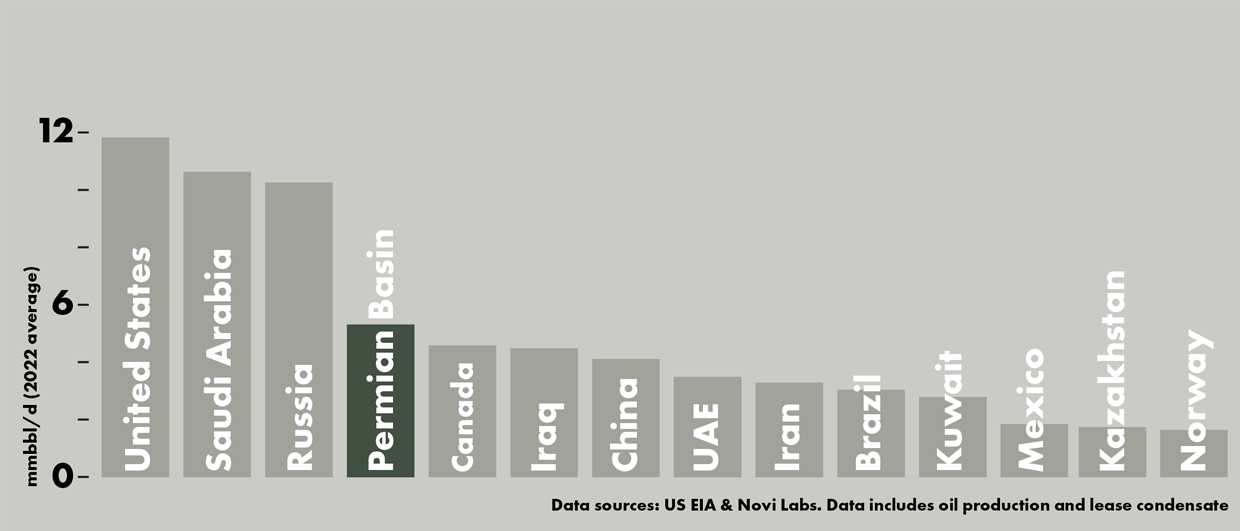We received quite a few comments on our short story about the commencement of tight gas production from the Ghawar field in Saudi Arabia. Thanks to that, there is an opportunity to put things into some perspective.
First of all, it seems that the potential volumes of gas yet to be produced from Saudi Arabia are very significant, as both Omar Rashid and Owen Neale alluded to. Even though it is hard to get numbers from this region, given the size of Ghawar it is not difficult to envisage that these statements make sense. However, as Ian Moffat reminded us, previous attempts by Aramco and partners to develop basin-centred gas in the Rhub Al Khali desert seem to have been unsuccessful, suggesting that it’s not always an easy ride.
At the same time, I think it is important to realise that even though the potential resource may be significant, the fact that tight gas is now being targeted in Saudi Arabia does indicate that the more straightforward reservoirs are now gradually being replaced by the more challenging ones. Of course, as technology moves on, developing tight gas will be a lot “easier” than it was in the past, but I would be surprised if the ultimate recoverable volumes per well in the tight gas play are the same as an average producer from a “conventional” gas field. More wells will be needed, driving up the cost of development, even when it is below the largest oil field in the world. But regardless of that, as Joe Versfelt mentioned in his comment, the core thesis of the book “Twilight of the Desert” by Matthew Simmons has surely been refuted.
Permeability and deep-water
Another interesting conversation on our LinkedIn page exposed an interesting relationship between permeability and deep-water developments. At some point a while ago, someone stated that deep-water developments require high permeabilities to guarantee high flow rates and therefore be economic.
As a matter of fact, as Olivier Malinur reiterated, many reservoirs in deep-water settings along continental margins will have relatively high permeabilities because these sediments tend to be geologically young and relatively undeformed.
However, it is too easy to say that all deep water developments need high perms. As Joshua Turner pointed out, the Gulf of Mexico has some deep-water developments with a fairly low perm. For instance, there are some Paleogene fields that are characterised perms of less than 10 mD on average. How can that be economic then?
As Joshua states, this is possible not only thanks to the thickness of the reservoir and the presence of lots of infrastructure, but also thanks to a favourable tax regime on oil extraction. Only Japan has got better conditions, he argues – which of course begs the question why Japan needs to have such a favourable tax regime if there is hardly any oil and gas production. But it is clear, not all deep-water developments need high perms to start with; there are other factors at play too.
Reflecting on these things, it is surely the case that low-permeability reservoirs are part of the future of oil and gas onshore, as the US and now Saudi Arabia are showing already. But it may even be the case for offshore and deep-water developments, evidenced by the Gulf of Mexico!




